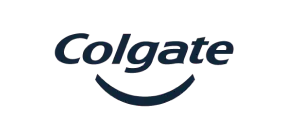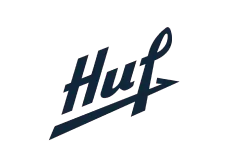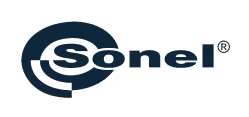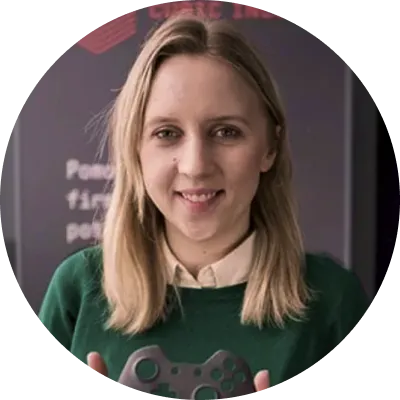Professional 3D Printing
Smart Manufacturing Partner
Design & Prototyping
Effectively implement new products with the support of designers and 3D printing technologists.
Flexible short-run production
An excellent alternative to injection molding and CNC machining. Lower costs and completion within just 3 days.

Over 500 companies have trusted us.






Immediate implementation
We quickly deliver orders and take care to create efficient contact with the client.
Industrial strength
The strength of the printed elements is comparable with injection moulding.
Involvement in your business
We make sure that our service provides maximum benefits to clients in terms of costs and process optimisation.
Our services
From prototyping to production
Printing technology
HP Multi Jet Fusion

- An excellent alternative to injection moulding technology
- Aesthetics and quality enabling the creation of finished products
- Possibility to print up to 2000 parts per day
See our latest projects
See our clients' reviews
At the Novartis factory in Warsaw, we implemented 3D printing for the production of individual format parts in our assembly lines and laboratory equipment. After the testing period, we were impressed by the durability of the printed parts. The use of additive technologies significantly helped us reduce spare parts costs and shortened order fulfillment time from several weeks to just a few days.

Tomasz Pałka
Production Head, Novartis
My main problem is that I have too many ideas. Cubic Inch selects the best ones, tests them, and implements them on Unilogo production lines. Additionally, I usually pay less than I expected. 3D printing and HP Multi Jet Fusion technology are like pure magic.

Tomasz Nowacki
President, Unilogo
From my perspective, the implementation of 3D printing technology primarily opens up new opportunities for testing solutions in the part design phase. What used to take us a few weeks to obtain, I now have on my desk in less than a week. This change introduces an entirely different dynamic to our project work and enables us to meet our customers’ expectations more effectively.

Marek Łach
Senior Process Development Engineer, Hoerbiger
If it weren’t for 3D printing, QuinSpin simply wouldn’t have come to life. No other technology would have allowed me to create this project within my budget.
Arek Biały
QuinSpin Founder
The professionalism and dedication of Cubic Inch enabled us to bring our product to market much earlier. Unlike previous suppliers, we felt a genuine partnership approach that was complemented by a deep understanding of the technology and our needs.
Wojciech Broniatowski
CEO Cortivision
It turned out that thanks to MJF technology, we can 3D print parts even with very small threads, eliminating the need for additional assembly. The time savings in situations where there are, for example, 100 such parts, are significant.
Mateusz Berk
CAD Designer, Unilogo
The implementation of our projects without the support of Cubic Inch would be practically impossible. The technology proved to be perfect for us, and the collaboration process was impeccably smooth.
Piotr Gryszczuk
CTO Innovation AG
The MJF technology has allowed us, in many cases, not only to streamline processes but also to create entirely new solutions. In some devices, we managed to significantly reduce the number of required parts by using complex geometries. Approximately half of all our machines have been modified by utilizing 3D-printed parts with the Multi Jet Fusion method.
Jarosław Kokot
Technical Director at Imago
About us - Cubic Inch
We have been manufacturing parts in the 3D printing technology since 2014
700
production companies we have already helped
60%
cost reduction
2000
parts produced per day
98%
of orders fulfilled on time
Industries
3D Printing for Industry
Schedule a free 3D printing consultation
Considering implementing 3D printing in your company? Learn about the possibilities and benefits.

Magdalena Pietrasińska
Sales Enginneer